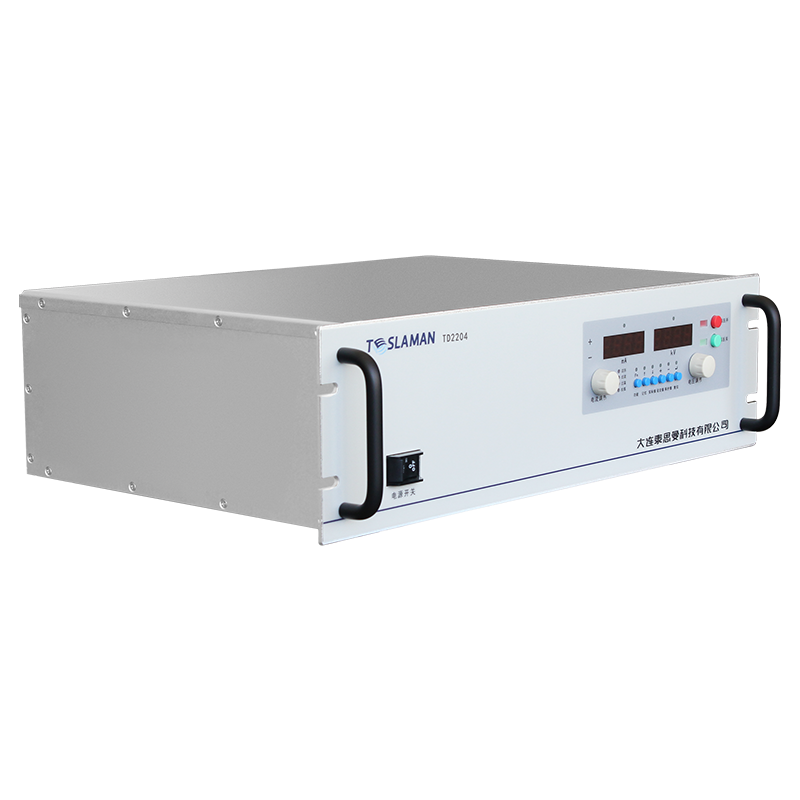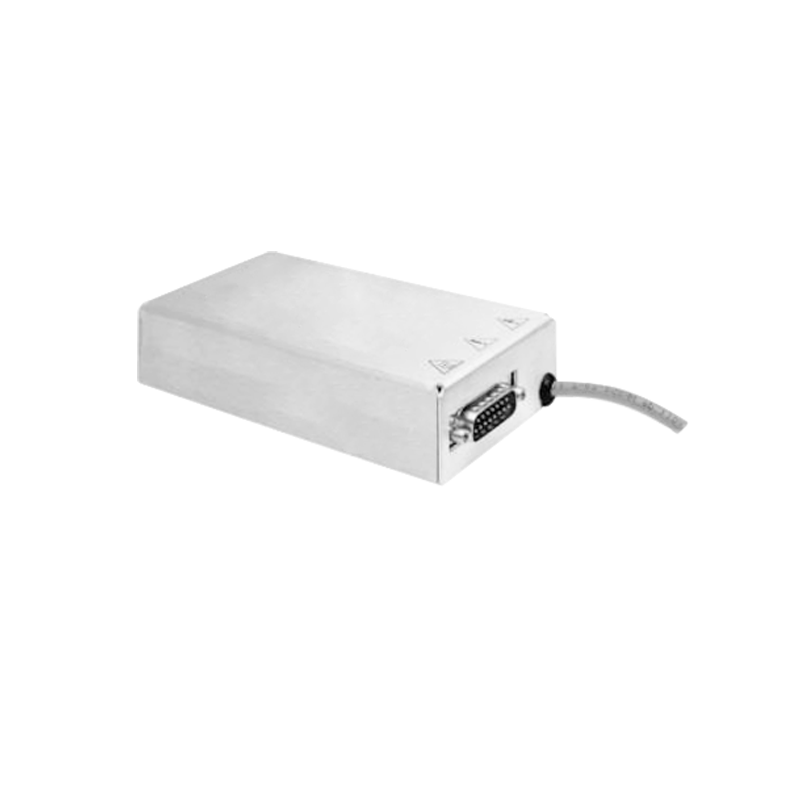Technical Evolution and Application Value of Distributed Power Architecture for High-Voltage Supplies in Electron Microscopes
1. Core Requirements of HV Power for Electron Microscopes
The performance of electron microscopes (SEM/TEM) directly depends on the stability of high-voltage (HV) power supplies. The electron gun requires high-energy electron beams (typically 1–300 kV), where resolution is inversely proportional to electron wavelength. For example, at 200 kV acceleration voltage, the electron wavelength is only 0.00251 nm, but it is highly sensitive to voltage fluctuations—a 0.01% ripple may cause astigmatism or signal distortion. Traditional centralized power architectures face limitations:
• Ripple Interference: Long-distance power transmission is susceptible to electromagnetic noise, increasing output ripple;
• Single-Point Failure Risk: A single fault may paralyze the system;
• Efficiency Bottlenecks: Multi-stage conversion (e.g., AC-DC-HV) typically exhibits efficiency below 80%.
2. Principles and Advantages of Distributed Power Architecture (DPA)
DPA reconstructs the power system through hierarchical conversion and localized supply:
• Architecture Design:
The first stage converts input power (e.g., grid) to an intermediate DC bus (usually 12V/48V), while the second stage employs modular HV units near loads (e.g., electron guns, detectors), shortening transmission distance.
• Key Advantages:
• Enhanced Stability: Reduced distance (by 90%) between HV modules and loads minimizes voltage drop and noise, suppressing ripple to <0.001%;
• Improved Reliability: Redundant design (N+1) enables fault isolation, preventing system-wide failures;
• Optimized Efficiency: Eliminating multi-stage AC-DC conversion raises efficiency to >92%.
Table: Performance Comparison of Centralized vs. Distributed Power Architectures
Metric Centralized Distributed
Voltage Ripple ≥0.05% ≤0.001%
Fault Recovery Time Minutes Milliseconds
Transmission Loss High (>15%) Low (<5%)
Scalability Low High (modular)
3. Key Implementation Technologies
• Miniaturized HV Modules
Wide-bandgap semiconductors (SiC/GaN) enable MHz switching frequencies, reducing transformer size and allowing integration within microscope columns. For example, SiC-based DC-DC converters achieve power densities of 5 kW/dm³, triple that of conventional solutions.
• Intelligent Dynamic Control
Real-time voltage regulation via load-sensing technology:
• Allocate HV on-demand (e.g., activate only electron gun modules during SEM imaging);
• Shut down redundant units during standby, cutting power consumption by 40%.
• Hybrid Power Compatibility
Intermediate DC buses support solar/battery integration, coordinated by digital power management chips to prioritize renewable energy, aiding carbon neutrality goals.
4. Industry Trends
• High-Resolution Microscopy: Distributed architectures are essential for TEMs requiring 300 kV stability to achieve sub-angstrom resolution;
• Multi-Modal Systems: Independent HV modules prevent cross-interference in integrated detectors (e.g., EDS, EBSD);
• Field-Portable Equipment: DPA adapts to fuel cells/batteries, enabling microscopy in extreme environments (e.g., geological surveys, space exploration).
5. Challenges and Future Directions
Current bottlenecks include EMC design (crosstalk suppression in high-density modules) and thermal management (cooling in confined spaces). Future advancements may involve:
• AI-driven predictive maintenance using ripple signatures for module diagnostics;
• Direct high-voltage DC (HVDC) bus power (±200 V) to minimize conversions, theoretically boosting efficiency beyond 95%.




















